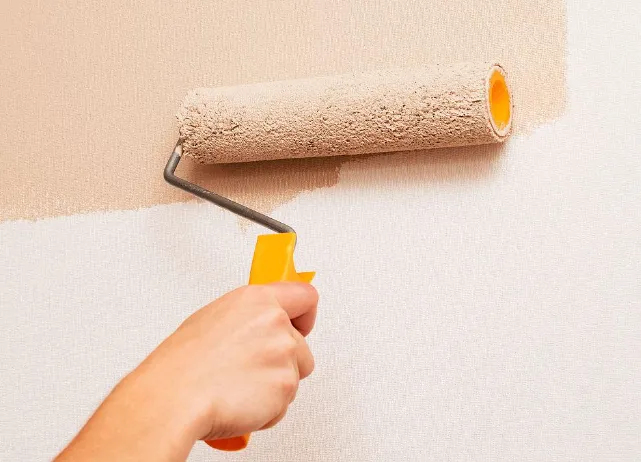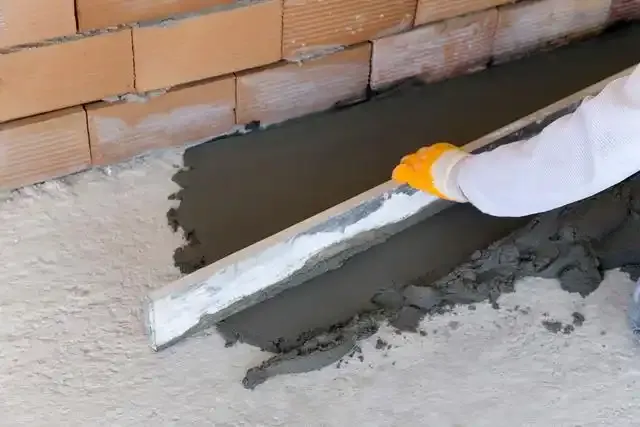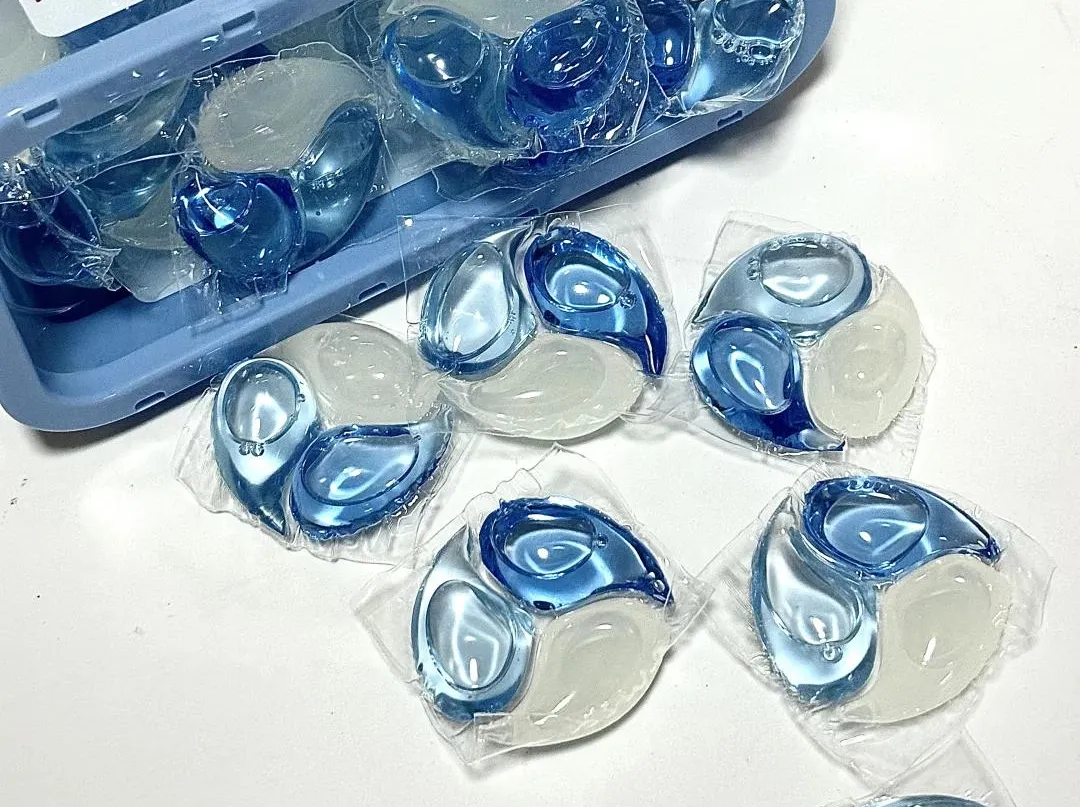
Optimizing Construction and Industrial Processes with PVA and Polypropylene Fibers
Polyvinyl alcohol (PVA) has become an essential material in modern construction and manufacturing due to its strong bonding capability, water solubility, and versatility.

The Value of PVA in Construction and Surface Preparation
When searching for reliable sources, many contractors and suppliers look for high-quality PVA for sale in various forms to suit specific applications such as adhesives, coatings, and concrete enhancement.
In its most accessible form, polivinil alkol tozu is widely used for its convenience in handling and storage. When dissolved in water, it forms a powerful adhesive or bonding agent that can be applied across multiple substrates. One of its primary uses is in preparing walls, particularly through PVA before painting. Applying a diluted PVA solution to walls seals the surface, reduces porosity, and enhances paint adhesion—resulting in a more professional, longer-lasting finish.
In addition to surface preparation, genel amaçlı PVA serves multiple roles including acting as a primer, dust proofer, and bonding agent for mortar, plaster, or concrete. Its versatility allows builders to reduce the number of products required on-site, cutting costs and simplifying logistics.

Structural Benefits of PVA and Polypropylene Fibers
In heavy-duty construction, bonding and durability are critical. One method that has grown in popularity is adding PVA to mortar Ve adding PVA to cement. Doing so improves flexibility, increases adhesive strength, and reduces cracking. PVA-modified mixtures are particularly beneficial when working on renovations or repairs where bonding new material to old substrates is vital.
Another major innovation in concrete reinforcement is the use of beton için polipropilen lifler. These synthetic fibers, when mixed into wet concrete, enhance its structural integrity by minimizing shrinkage cracks and improving impact resistance. The combination of polypropylene fibers and PVA results in a hybrid system where flexibility, adhesion, and durability are all improved.
From a broader industrial perspective, polyvinyl alcohol plastic is another form of PVA that is becoming more important in packaging and biodegradable applications. It is often used in making water-soluble films for single-use detergents, agrochemical capsules, and even medical packaging. Its environmental advantages, such as biodegradability and non-toxicity, make it an attractive alternative to conventional plastics.
Understanding the polyvinyl alcohol production process helps explain why PVA is so reliable and customizable. It is typically produced by hydrolyzing polyvinyl acetate, with the degree of hydrolysis and polymerization influencing its solubility, viscosity, and adhesive properties. This controlled process ensures that PVA can be tailored for construction, textile, packaging, and pharmaceutical industries.

FAQs About PVA and Related Construction Materials
1. Where can I find high-quality PVA for sale?
You can find PVA for sale through chemical suppliers, construction material distributors, and online industrial marketplaces. It’s available in various grades, such as polivinil alkol tozu, which can be selected based on the intended application (e.g., adhesive use, surface sealing, or mortar modification).
2. What are the benefits of adding PVA to cement Ve mortar?
Adding PVA to cement Ve adding PVA to mortar increases bonding strength, flexibility, and resistance to cracking. It is especially useful in repair work and thin applications where stronger adhesion is required. PVA also improves water retention, allowing for better curing.
3. How does PVA before painting improve wall finishes?
Applying PVA before painting seals the surface, reducing dust and porosity. This results in better paint adhesion and more uniform color distribution. It’s especially useful on dry or absorbent surfaces like new plaster or concrete.
4. What is polyvinyl alcohol plastic used for?
Polyvinyl alcohol plastic is used to manufacture biodegradable films, detergent pods, medical capsules, and packaging for agricultural chemicals. It’s favored for its water solubility and environmental safety, making it a greener alternative to conventional plastics.
5. What’s involved in the polyvinyl alcohol production process?
The polyvinyl alcohol production process involves the hydrolysis of polyvinyl acetate. The degree of hydrolysis affects the material's properties, such as water solubility and viscosity. Manufacturers can produce different PVA types by adjusting these parameters to meet various industrial needs.
-
Hydroxypropyl Starch as a Sustainable Construction AdditiveNewsNov.24,2025
-
The Gelation Properties of CMCNewsNov.21,2025
-
Redispersible Latex Powder and Water Retention CapacityNewsNov.21,2025
-
Dosage Control for Polycarboxylate Water ReducerNewsNov.21,2025
-
Film-Forming Properties of Polyvinyl AlcoholNewsNov.21,2025
-
The Function of Gypsum Additives in MortarNewsNov.21,2025





















